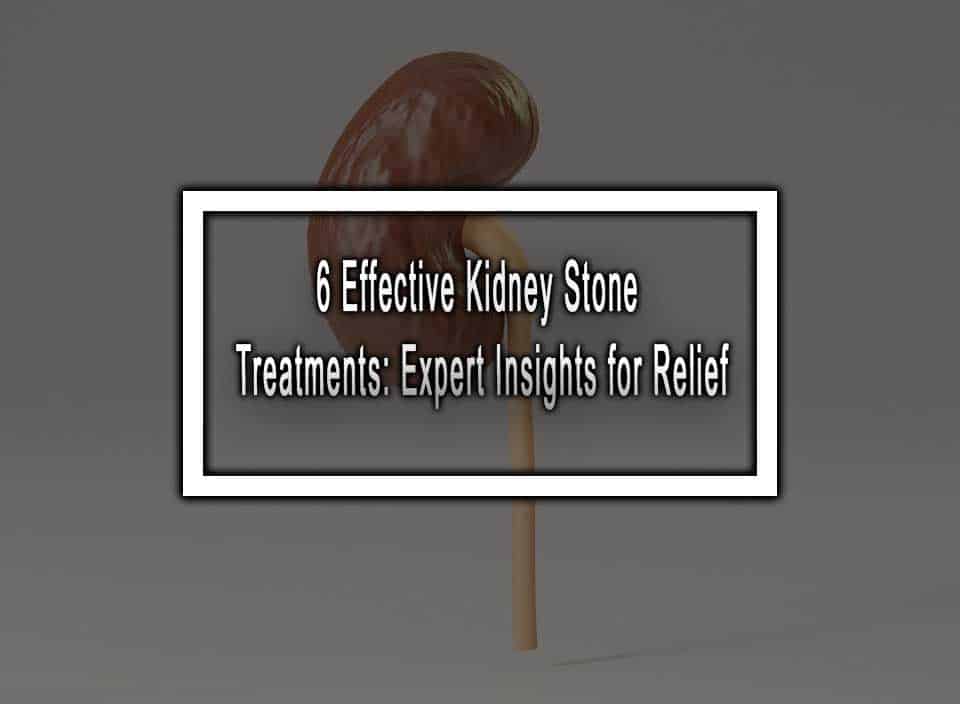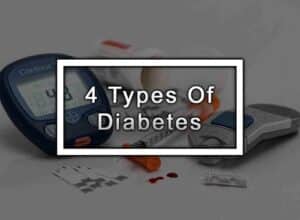Here Are The Kidney Stone Treatment
Kidney stones are one of the most painful conditions that can affect anyone, and it is estimated that one in ten people will experience a kidney stone at some point in their life. Kidney stones are small, hard deposits that form in the kidneys, and they can cause a lot of discomfort when they pass through the urinary tract. While kidney stones can be painful, there are several kidney stone treatment options available to help manage the symptoms and prevent complications.
1. Pain Management
Pain management is critical in kidney stone treatment, as stones can cause severe discomfort when they move into the ureters. Nonsteroidal anti-inflammatory drugs (NSAIDs), like ibuprofen, are often first-line medications, effectively alleviating the pain associated with kidney stones. For those unable to take NSAIDs, acetaminophen may be an alternative, although it might be less effective at reducing inflammation. Hydration and medical therapies are also key components of treatment, assisting in stone passage. Pain management should be tailored to individual needs, the severity of pain, and any underlying medical conditions, under a healthcare provider’s guidance.
2. Drinking Plenty of Fluids
Drinking plenty of fluids is a cornerstone of kidney stone treatment. Adequate hydration dilutes urine, reducing the concentration of minerals that can crystallize and form stones. For most people, the goal is to drink enough water to pass about 2.5 liters of urine daily. Clear or pale urine typically indicates proper hydration, whereas dark urine suggests a need for more fluids. While water is the best choice, other beverages can contribute to fluid intake. However, some, like those high in oxalates, like certain teas, should be consumed with caution, especially for those with a history of calcium oxalate stones.
3. Medications
Kidney stone treatment involves managing pain and facilitating stone passage. Pain relief is often achieved using NSAIDs or opioids. Hydration is critical for promoting stone expulsion. Alpha-blockers like Tamsulosin can relax the muscles in the ureter, making it easier for stones to pass. For larger stones, medical procedures might be required, such as shock wave lithotripsy (SWL), which uses sound waves to break stones into smaller pieces; ureteroscopy, inserting a thin scope into the ureter to remove or break up stones; or percutaneous nephrolithotomy, involving surgical removal through a small back incision. Preventive medications may be prescribed to avoid recurrence.
4. Extracorporeal Shock Wave Lithotripsy (ESWL)
Extracorporeal Shock Wave Lithotripsy (ESWL) is a non-invasive medical procedure used to treat kidney stones. It works by sending high-energy shock waves through the body, which are focused on the kidney stones. These shock waves break the stones into smaller fragments that can be naturally passed out of the body through the urinary tract. ESWL is particularly effective for stones less than 2cm in size and is preferred due to its minimal recovery time and reduced pain compared to surgical options. No incisions are needed, making it a safe choice with fewer complications. Procedure success depends on stone composition, size, and location.
5. Ureteroscopy
Ureteroscopy is a minimally invasive procedure used to diagnose and treat kidney stones and other urinary tract problems. During a ureteroscopy, a small flexible or rigid instrument called a ureteroscopy is inserted through the urethra and bladder into the ureter or kidney. No incisions are needed. The device is equipped with a camera, which helps the urologist locate the kidney stone. Once the stone is found, it can be removed whole or broken down using laser energy or another modality into smaller pieces that can pass out of the body in the urine. The procedure typically takes place under general or local anesthesia.
6. Percutaneous Nephrolithotomy (PCNL)
Percutaneous Nephrolithotomy (PCNL) is a minimally invasive surgical procedure for removing large or complex kidney stones that cannot be treated effectively with less invasive methods. Under general anesthesia, a small incision is made in the patient’s back, and a nephroscope is inserted directly into the kidney through the skin. Specialized instruments are then used to break up and remove the stones. PCNL typically requires hospitalization and has a high success rate, offering relief from symptoms and preventing potential complications associated with kidney stones. It is particularly beneficial for stones larger than 2 centimeters and for those not responsive to extracorporeal shock wave lithotripsy (ESWL).
Conclusion
Kidney stones can be a painful and uncomfortable condition, but there are several kidney stone treatment options available to help manage the symptoms and prevent complications. If you are experiencing symptoms of kidney stones, it is important to see a doctor as soon as possible. Your doctor can help determine the best treatment option for you based on the size and location of the stones. By following your doctor’s advice and taking steps to prevent future kidney stones, you can help keep your kidneys healthy and avoid future complications.
Kidney Stone Treatment FAQ
Here are the most common questions about kidney stone treatment.
1. Can kidney stones be genetic?
Yes, some kidney stones can be genetic. Cystinuria, for example, is a hereditary condition that leads to the formation of cystine stones. Other types of stones can also have a genetic predisposition.
2. Are children at risk for kidney stones?
While kidney stones are less common in children than in adults, the incidence in children has been increasing. Children at risk for kidney stones are treated similarly to adults, with attention to hydration, dietary changes, and medication as needed.
3. How long does it take to pass a kidney stone?
The time it takes to pass a kidney stone varies from person to person. Small stones might pass within a few days with adequate fluid intake; larger stones may take weeks or longer and may require intervention.
4. Can kidney stones be prevented?
Preventive measures can include drinking plenty of fluids, eating a diet with the right balance of calcium, reducing the intake of salt and animal proteins, and limiting foods high in oxalates if you’re prone to form certain kinds of stones.
5. Is caffeine consumption a risk factor for kidney stones?
Caffeine, especially in large amounts, can potentially increase the risk of stones because it can lead to dehydration. Additionally, it may increase calcium excretion in urine, which can contribute to the formation of calcium oxalate stones. Moderate consumption, however, is not likely to significantly increase stone risk for most individuals.












